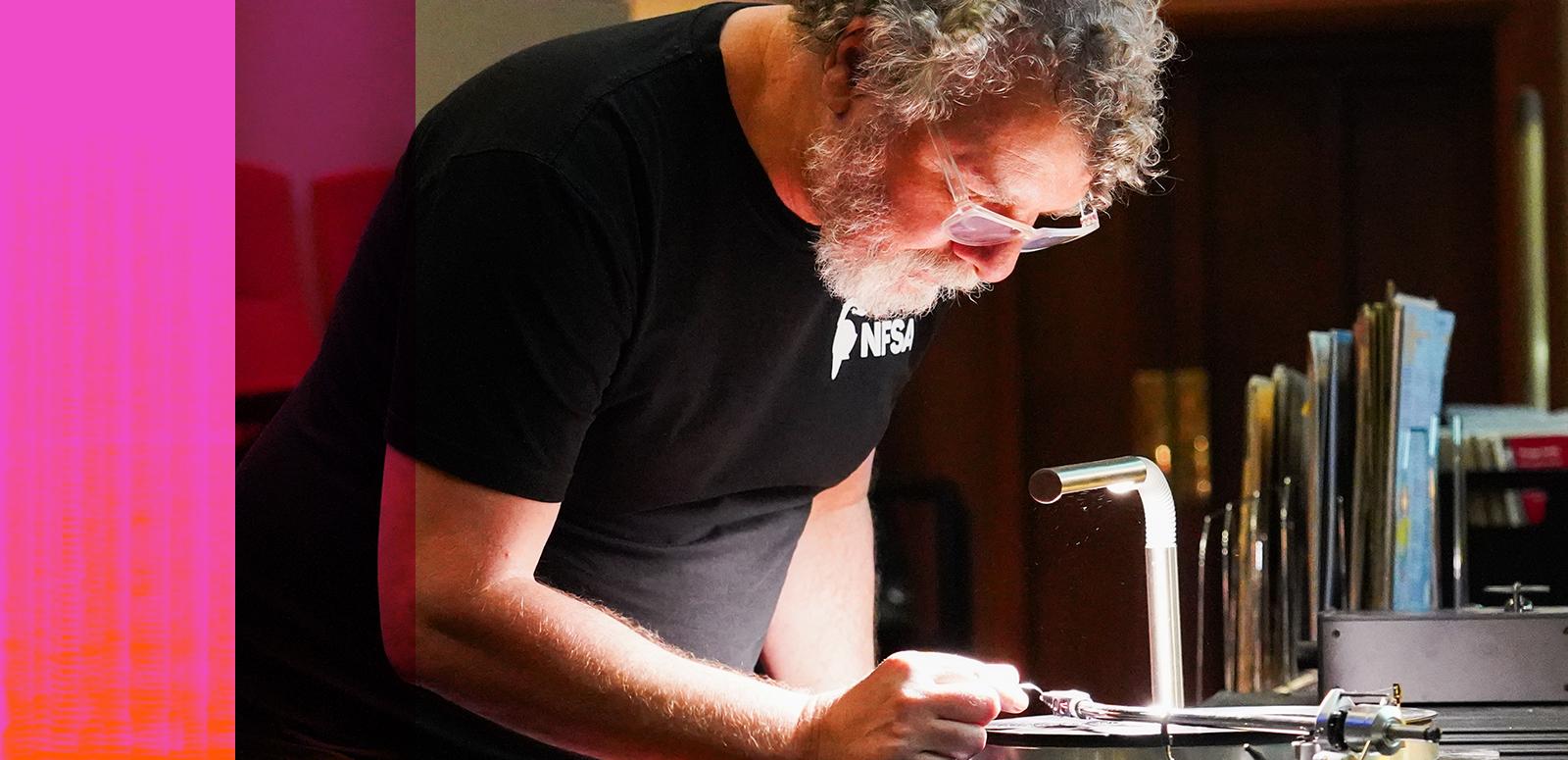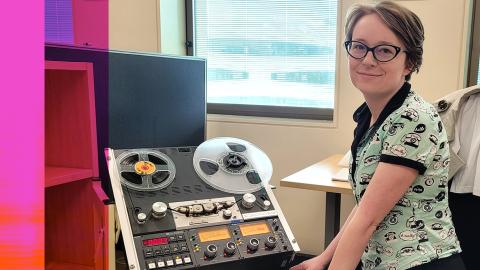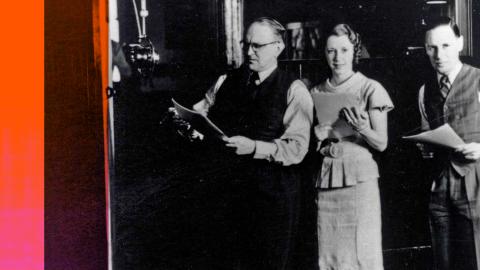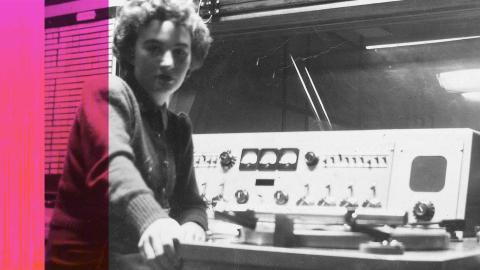Thorsten Kaeding reveals what he unearthed through Radio 100, including the pros and cons of the immediacy of radio, how it paved the way for television, why more people need to know about the role of women during the Golden Days, and more.
This feature is part of the NFSA's Radio 100 celebrations




